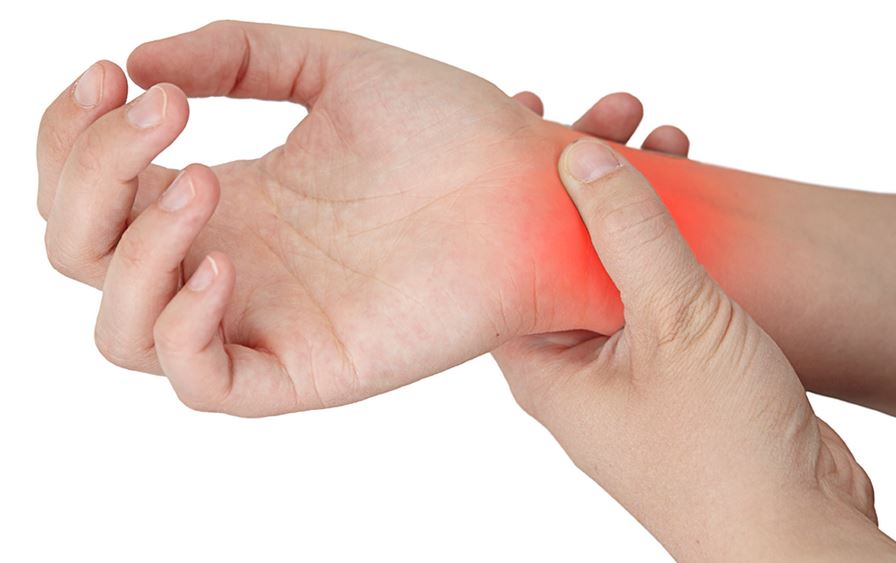Repetitive strain injury (RSI) is a condition that affects millions of patients worldwide.
In order to define this controversial condition high quality trials and evidence of effective treatments are needed.
Frankly speaking repetitive strain injury is not one diagnosis, but it is an umbrella term for disorders that develop as a result of repetitive movements, awkward postures, sustained force and other risk factors.
RSI include specific disorders such as carpal tunnel syndrome, tendonitis of the wrist and hand, and some other upper limb problems.
Most frequently RSI occurs in adults of working age. Generally they report strains of hands, wrists, arms, shoulders or neck. The occurrence of RSI is in 5-10 percent of the population and also it could be as high as 40 percent in working population.
One of the hypotheses of RSI is that continuous contraction of the muscles due to long-term static load with insufficient breaks could result in reduced blood circulation and muscle fatigue.
As a result the pain sensors in the muscle become over-sensitive, which leads to a feeling of pain at lower than normal thresholds. Also over use of tendons by repetitive load can cause repetitive strain injury.
Diagnosis for RSI is often a difficult problem. Most of the cases diagnosis is made on the basis of history and physical examination. This also includes checking of range of motion of joints, hypermobility, muscle tenderness, pain, strength, and imbalance between right and left limbs.
Doctors are also confused in giving appropriate treatment for RSI. Exercise is the most effective and is beneficial for providing symptom relief and improving the activities of your daily life.
Some of the RSI treatments include massage and use of ergonomic keyboards at your workstation.



